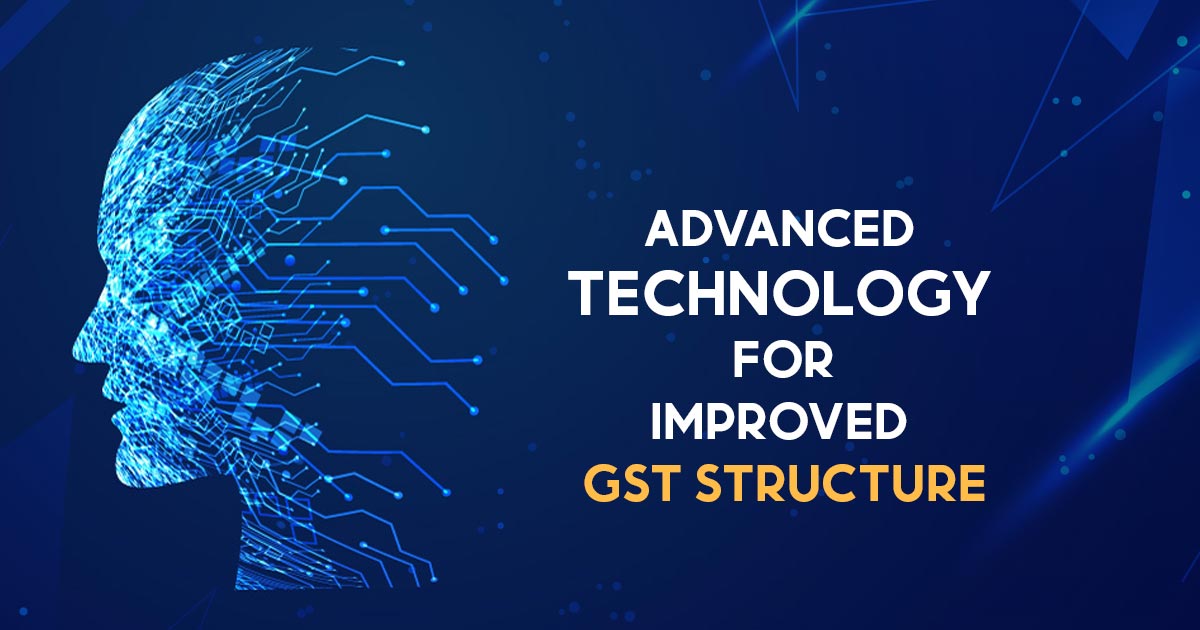
Inside the indirect tax system, the GST began to remove the inefficiencies. The GST has been able to achieve some of its goals while there is much more yet to be done, particularly when it is being the question of the smaller business entities. This new system has thrown up prior to facing the challenges, to learn about what GST is will be worthwhile and trying to reveal the solutions to these challenges.
History of GST in India
India implemented the Goods and Services Tax, (GST) in July 2017. The same shall be noted as an indirect tax. The government used to integrate different taxes beneath one compliance i.e GST. The government has incorporated GST e-invoicing in Oct 2020 to make execution simpler.
The knowledge from the other countries is also being assumed at the time of the launch of e-invoicing. Also, the government makes it mandatory to furnish the GST return every month. Nearly 1.34 cr business entities are levied with GST in the present times. To assist these entities, a helpline in the form of GST Suvidha Providers and Application Suvidha is being set up by the government.
GST ITC – The Most Critical Challenge
Your outward liability is the amount you should furnish to the government and deduct from your ITC. The same should be perfect, as the wrong Input tax credit produces an outcome in either a loss of working capital or the receipt of GST show-cause notices. Regulating the information of your outwards and inward liabilities which makes life simpler. But if you would not pose command upon the circumstances then you need to face issues every month prior to furnishing GST.
The controlling capacity of the coming liabilities relies on the way your vendor furnishes GST. Form GSTR 2B would get issued by the government on the 12th of each month to determine GST ITC claims. The government might issue a notice to you when your vendor is unable to maintain true records and your claims exceed your limits.
The purchases of capital goods need a separate GST declaration than the additional business concerned buyings. When the purchase is a company input the same is deductible and otherwise, it would not. CGST and SGST apply to interstate transactions and IGST is subjected to intrastate transactions.
Mismatches in supply, the input tax credit eligibility at the buying of the order, and the GST rate classification cause input tax credit reconciliation challenges to the industries. All these kinds of issues make the reconciliation take much more time and might need additional supplier follow-up to revise or rectify the bills.
Step by Step Digitalization Would be Effective
When we see which firms file the most GST to the government then we see that it would be the large companies. They contribute nearly 80% of the total GST furnished to the government. Also, the majority of the businesses with yearly revenue lower than Rs 500 cr are bigger. GST amount they used to furnish is not significant corresponding to the bigger companies.
Towards the small companies, the government is precisely focusing, because they mostly face issues in GST filing. The same is due to these smaller companies being based on the local accountants to furnish their GST, who laid on the details given via these smaller companies. There is indeed an effective option that the accountant would not know the GST nuances and the inefficiencies might come because of lack of information. As a result, a wrong reported GST would not show the correct ITC for the additional party. While the same shows a considerable challenge, it indeed shows a good opportunity.
It is a good chance as the government starts the e-invoicing in October 2020, that aids in the removal of the system inefficiencies. The government has previously executed e-invoicing for the bigger companies and we predict that by the fiscal year 2023 the same shall be available to the businesses with a turnover of Rs 5 cr or exceeds. We require accessible, innovative technologies to assist small companies to make the correct electronic invoices.
The Method of Going Forward
In the coming times, I want to see GST e-invoicing as essential to file for all the businesses whose yearly revenue is Rs 5 cr or exceeds. But the same must be optional for the businesses that have a yearly turnover of Rs 5 cr. There should be coordination between the customer, supplier as well as government. All three parties’ books must be reconciled, nor would the government issue notices nor would the buyer and seller be under constant stress. At the current time, GST e-invoicing is mandatory for business turnover of more than 20 crore. As a result, businesses will also be too busy extinguishing fires to conduct their operations without disruption. The goal is to arrive at this day as soon as possible.